We all have them, those evergreen posts that bring in traffic like crazy. Day after day these posts bring in gobs of traffic, sometimes literally accounting for even half of the total traffic to our blog. Did you know that you could literally double your leads on these few posts alone?
You see, while it might make you feel good (and it should) to see all that traffic, more traffic isn’t all that you need from your blog. In fact, it is often true that higher traffic pages also bring in the lowest conversion rates. This means that more people arrive at your page through search, take one look, read what they need, and head the other direction. They never materialize into a tangible lead or long-time reader.
This is often referred to as high bounce traffic. It usually isn’t good, unless you are willing to do something about it.
Making A Bounce Count
We recently did an inventory of high bounce pages on our own marketing blog. We had several posts – some a couple of years old – that were receiving a large share of the traffic to our site. They were good posts, and were great at being a continuous draw for readers, but they had a fatal flaw: most people came and then left quickly. The traffic was there, but it wasn’t doing us any good.
Chances are that your blog suffers from the same problem. What can you do about it?
The first step is to understand how your traffic is coming and going. To do this, use Google Analytics.
A simple content breakdown of your sites pages will reveal a lot. You can get here by clicking Content > Site Content > All Pages from the Google Analytics dashboard. You should see something like this:
With Google Analytics, you can easily identify high bounce pages.
The main thing that you are looking for here are pages with an extremely high bounce rate. We targeted pages that offered a 85% or higher bounce rate. We hypothesized that with a few simple changes we could significantly improve our daily lead conversions on these specific pages. Since they commanded such a large amount of traffic, we believed that they were key targets for conversion optimization.
Our hypothesis proved true, and we doubled our leads in less than a week. Here’s how we did it.
Find A Cookie
The key making all of this work is what we have come to call ‘the cookie’, that reward you offer up front. What are you dangling in front of your readers? What reasons are you giving them to come onboard? For many bloggers, a free ebook or an offer to join an email mailing list is the major goal. For others, it may be a more in-depth sales lead.
The key is matching your cookie with the content that your users are viewing. Because they are already on a specific post, it is pretty easy to understand what content your audience is looking for.
Visitors looking for general help on making a better website were first shown a pop-up offering a related ebook before they could access the content they came looking for.
Visitors that wanted help with optimizing Facebook were already primed for any Facebook content. Why not offer them a free ebook first?
A high-bounce post about something as simple as setting up a Twitter profile indicated there were many new Twitter users eager for help on using Twitter. We had an ebook just for them.
In our example, you can clearly see that Twitter and Facebook are the key topics of interest. We already had ebooks available on those key topics. We decided to offer these visitors an ebook on the topic they were looking for in a more persistent way: they could not immediately access the blog post unless they dealt with the pop-up offer. Visitors to a post about Facebook would be encouraged to get an ebook about the Facebook Timeline. Readers of our popular Twitter posts would get an offer for a free ebook about Twitter.
The important thing is that your cookie should be something that these visitors are clearly telling you they’re interested in. If they are arriving on a Facebook page, don’t offer an ebook about Pinterest. They’ve already told you what they wanted, so give it to them. The cookie must relate to the content if you want them to bite.
Make the Pitch
The trickiest part is making the pitch, deciding how you will present the cookie to the reader. We based our decision on what our pitch would be after considering some things we knew about our goals, our blog, and its audience:
- We wanted to target visitors on high bounce pages only. No need to hassle every reader on every post.
- Because we knew the content of the high bounce page, we wanted to offer visitors something they would actually want.
- We offered a high-quality cookie, and gave them a good reason to convert. It was geared to help them just as much as us.
- We opted to be a little more aggressive on these pages than we normally are, because of the high bounce rates. Most of these visitors are leaving anyway!
For our blog, we opted to create a popup box on each of the high traffic pages offering a free ebook for download. Readers could get around it by clicking the darkened area, but there was no obvious way to close the pop-up box otherwise.
Perhaps a pop-up isn’t something you want to use. There are other methods that might fit your blog better. The hello bar at the top of the page would work. Even an inline form in the middle of the blog post, asking them to sign up for your email list or free ebook would do the trick.
What you choose to do is based on what you know about your audience, and what you’re able to set up on your own blog. You’ll want to watch conversion stats to see how well your method is working, and if you need to be more (or less) aggressive.
Pitch Selectively
You might wonder why we wouldn’t do this on every blog post, if it increased our leads so much. In our case, it mainly has to do with the method we chose, the pop-up.
Respect Regular Readers: We wanted to avoid the “annoyance” factor with our regular readers, those who were signed up for our emails and coming into our blog repeatedly. They’ve already been “converted” on our site and are on our email list. The last thing we want to do is throw a pop-up in their face repeatedly. Since newer posts still received traffic from our Facebook and Twitter fans, we didn’t want to bombard them, either.
Pop-Up Intrusion: Let’s face it. Pop-ups, while they convert, are annoying. Rarely do readers enjoy dealing with a pop-up before getting to the content. The traffic on these particular posts we chose are one-time visitors, interested in getting the content and leaving. We placed the possible conversion as more important than annoying them. Using the hello bar, or inline forms, is less intrusive and you could very easily use them with higher frequency without having to worry about these issues. A pop-up is fairly aggressive and persistent.
Content Relevancy: Other posts get high bounce traffic, too, and they may be something we’ll consider adding pop-ups to in the future. It’s definitely something we’re keeping an eye on, not just for targeting pages for pop-ups, but also as a suggestion for possible ebook topics that our traffic stats tell us people want.
For now, we decided to focus on these top few posts that we’ve seen consistently topping the charts for over a year. We want to watch how these conversions do, which leads us to the next important aspect: paying attention to the numbers.
Watch The Results
The fun part is actually watching the conversions roll in.
You will want to identify your key metrics before you make the switch so that you can measure the boost in performance This helps you prove scientifically that your changes made a difference. It also allows you to make additional tweaks and changes that are influenced by hard data. A change based on solid data is always better than a best guess.
The results were clear. In a mere 7 days, our lead conversions were up by over 50%! It was easy!
Conclusion
Most of the time, improved conversions and better traffic is right under your nose if you choose to make the time to look at what your analytics are telling you. Answers to what your audience wants are right there, and you only need to learn to interpret what you’re seeing and think of ways to use it to your advantage. This particular method didn’t even require a deep dive into the numbers; it only required us to pay attention to the high traffic posts. Instead of being satisfied with mere traffic numbers, we wanted to do something with that traffic.
As bloggers, it can be easy to focus on the blogging, leaving important conversion tracking and blog improvements in the dust. It never hurts to tweak, especially if we put a little science behind our experiments.
About the Author: Garrett Moon is a founder at Todaymade, a web development and content marketing company, and the makers of CoSchedule, a WordPress-integrated app that makes content marketing and social media easy.
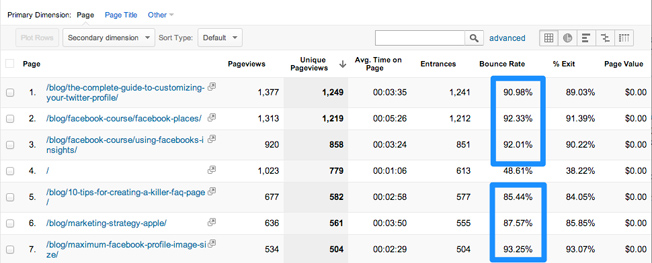
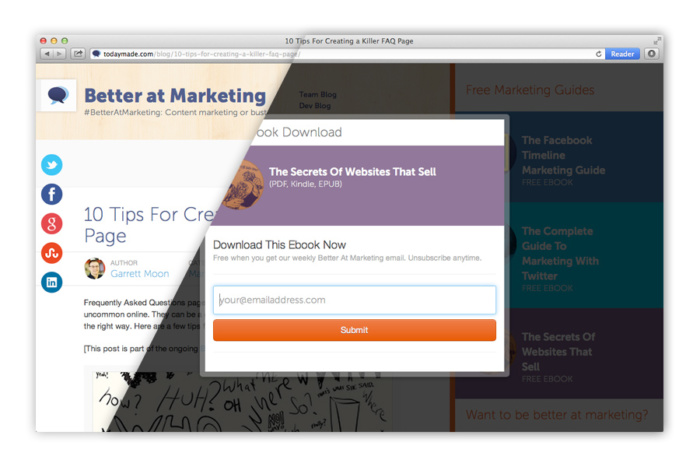
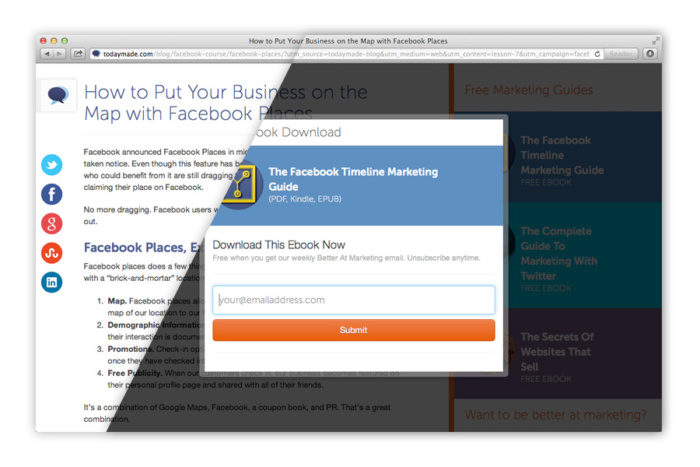
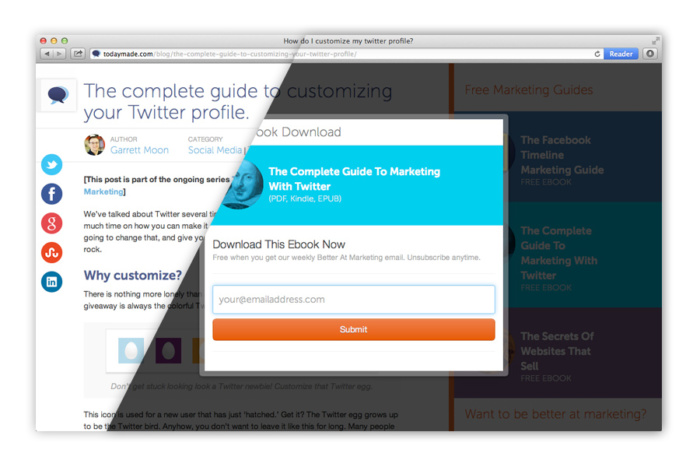
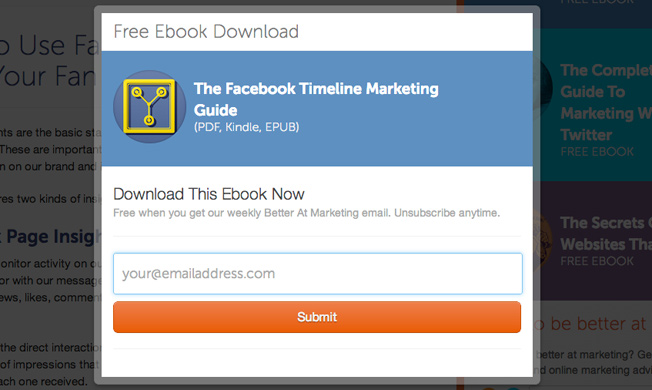
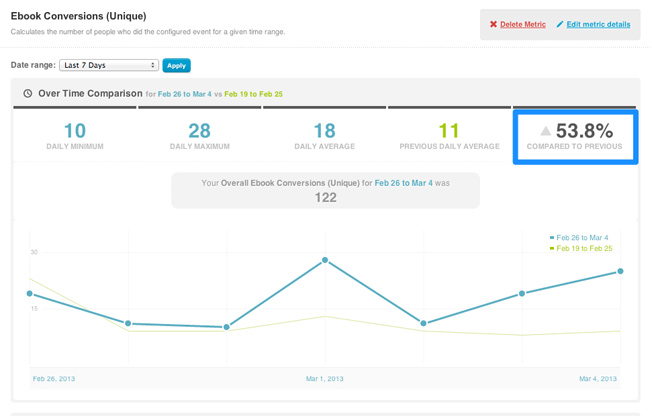
Comments (22)